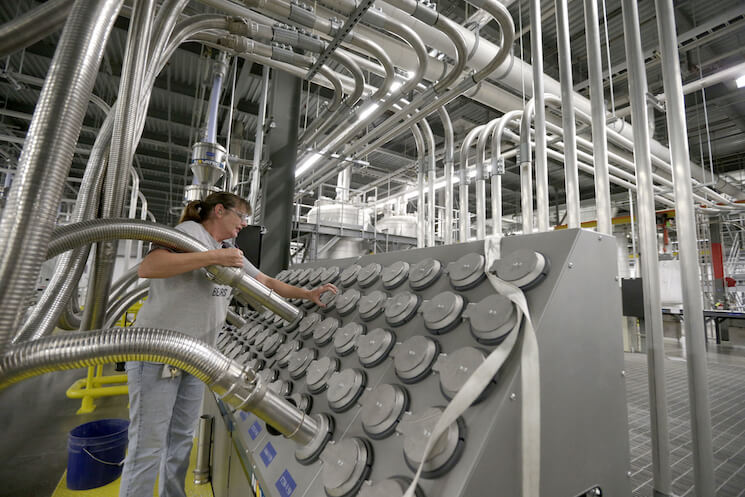Lack of market competition, rising profits, and a new way to look at the division of income in the United States

Two important trends for the U.S. economy might seem inconsistent at first glance. The decline in the labor share of income in the United States (and the resulting increase in the share of income going to capital) alongside the decline in U.S. interest rates seem to be at odds. If capital is gaining an increasing share of income, then why does the rate of return on capital appear to be on the decline?
The answer appears to be that income shouldn’t be thought of as divided in two (between labor and capital) but instead split three ways—among labor, capital, and profits. A new paper by Simcha Barkai, a PhD student at the University of Chicago, shows how profits have gained more and more of total U.S. income, arguing that declining competition in the U.S. marketplace is behind this worrying trend Luigi Zingales, a finance professor at the university’s Booth School of Business, notes in writing about the paper that Barkai ditches the convention of looking at only labor and capital for a new understanding.
Economists generally assume that, when looking at the labor share of income, any income that wasn’t going to labor was flowing to capital. But that’s not necessarily true. If we think wages are the price that firms pay to hire labor in the same way that the rate of interest is the price that firms pay to borrow capital, then after the payments to capital and labor, there’s residual income: profits.
Barkai breaks out the share of income that doesn’t go to labor to see how much actually goes to capital and how much is going to profits. What he finds is that not only is the labor share of income declining but so too is the share of income going to capital. From 1984 to 2014, the labor share of income in the United States declined 6.7 percentage points and the capital share declined by 7.2 points. Because the capital share is smaller than the labor share, the percentage decline is much larger for capital (30 percent) than for labor (10 percent). The result is an increasing share of income going to profits. Over the 30-year period studied, the profit share of income increased by 13.54 percentage points, according to Barkai’s calculations.
The proposed culprit behind this increasing profit share is higher markups on goods and services over the cost of production. Barkai finds support for this hypothesis in a model he builds in the paper as well as some simple analysis that finds lower labor shares of income in industries where there has been increased concentration. This increase in markups from firms facing less competition in the marketplace has empirical support from other research.
Barkai’s finding also helps explain why productivity in recent years hasn’t increased much and why business investment is relatively weak amid a period of high profits and low interest rates. Increased business concentration and increased markups would explain why those two factors might not boost investment as much as we might expect. Given that profits are more likely to be distributed to those at the top of the income distribution means that this trend is both inefficient and inequitable.
